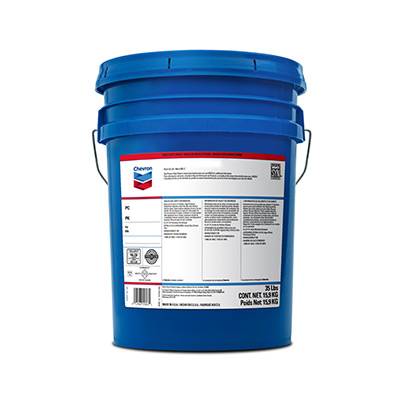ต.ค. . 08, 2024 06:38 Back to list
4 inch check valve
Understanding the 4-Inch Check Valve A Comprehensive Overview
In the realm of fluid control systems, check valves play a critical role in maintaining the direction of flow and preventing backflow. Among the various types of check valves available, the 4-inch check valve stands out due to its common application in different industries, including water supply, sewage treatment, and chemical processing. This article delves into the characteristics, functioning, and importance of the 4-inch check valve in modern infrastructure.
What is a Check Valve?
A check valve, also known as a non-return valve, is a mechanical device designed to allow fluid to flow in one direction only. It operates automatically, using the fluid's pressure to open and close the valve. When fluid flows in the forward direction, the valve opens, allowing liquid to pass through. Conversely, if there is a backward flow, the valve closes to prevent any reverse movement of the fluid.
The Structure of a 4-Inch Check Valve
The 4-inch check valve is so named because its internal diameter measures four inches. This standard size is prevalent in industrial applications, making it a widely utilized component in piping systems. The valve consists of several key parts the body, a disc (or gate), a spring (in spring-assisted models), and seat. The body houses the disc and provides the pathway for fluid. The seat is where the disc seals against to prevent backflow when closed.
Check valves can be classified into various types based on their operating mechanism. The most common types include the swing check valve, where the disc swings on a hinge, and the lift check valve, where the disc moves vertically. The selection of the type depends on specific system requirements, including flow rates, pressure, and the nature of the fluid.
Advantages of Using a 4-Inch Check Valve
4 inch check valve

1. Backflow Prevention The primary function of any check valve is to prevent backflow, which can lead to contamination in systems, damage to equipment, or even dangerous situations. The 4-inch check valve effectively achieves this, making it an essential component in many industries.
2. Reliable Operation Due to its mechanical simplicity, a check valve has few moving parts, leading to reduced maintenance requirements. This reliability ensures that fluid systems operate smoothly without frequent interruptions.
3. Versatility The 4-inch size makes it suitable for various applications, from residential plumbing to large-scale industrial operations. Its ability to handle different types of fluids—ranging from water to chemical solutions—adds to its versatility.
4. Cost-Effective Check valves are generally affordable, and with their longevity and low maintenance needs, they provide an economical solution for controlling fluid flow in systems.
Applications of the 4-Inch Check Valve
In water treatment plants, 4-inch check valves are essential for preventing the backflow of treated water into the supply lines. In sewage systems, they help to maintain the correct flow without allowing potential contaminants to re-enter clean water sources. Additionally, in the chemical industry, these valves monitor and control the flow of various chemicals, ensuring safe and efficient operations.
Conclusion
The 4-inch check valve is a fundamental component in fluid systems across diverse industries. Its design enables reliable operation and effective backflow prevention, making it an essential tool for engineers and operators. Understanding its function and applications helps ensure optimal performance in any fluid handling system, contributing to overall safety and efficiency in modern infrastructure.
-
Why Metric Trapezoidal Thread is Ideal for Precision Motion ControlNewsAug.05,2025
-
The Unique Properties of a Block of Granite for Industrial UseNewsAug.05,2025
-
The Role of Flanged Y Strainers in Preventing Pipeline ClogsNewsAug.05,2025
-
The Importance of Regular Calibration for Master Ring GagesNewsAug.05,2025
-
How a Cast Iron Surface Table Enhances Accuracy in ManufacturingNewsAug.05,2025
-
Comparing Different Check Valve Types for Optimal Flow ControlNewsAug.05,2025
Related PRODUCTS









